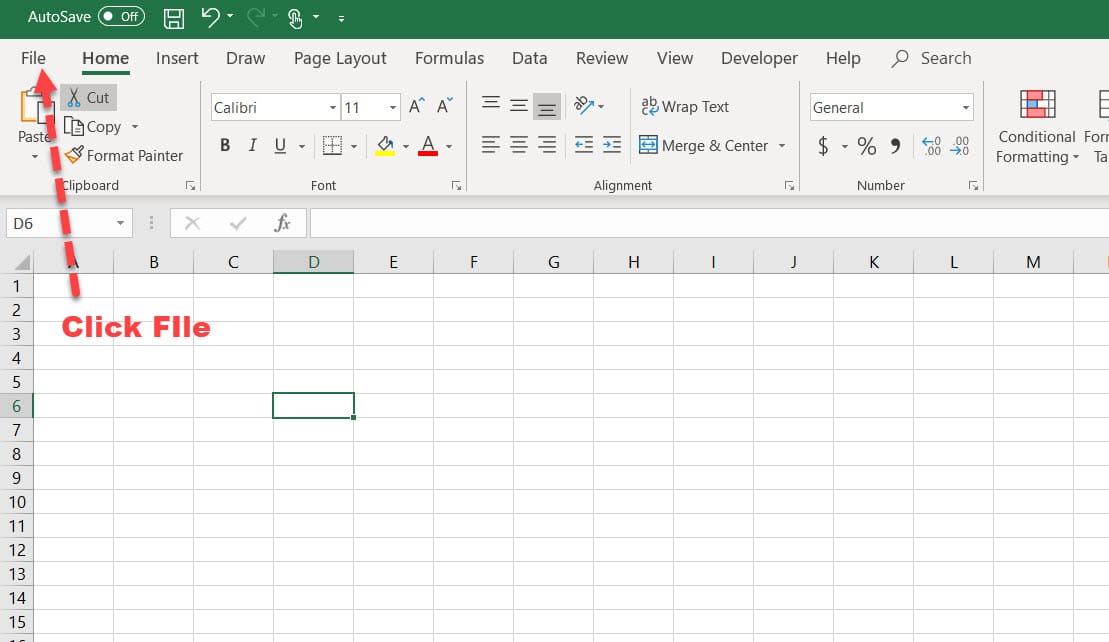5 Ways to Password Protect Excel 2010 Sheets

Whether you are managing financial data, sensitive personnel records, or any confidential information in an Excel spreadsheet, security is paramount. Microsoft Excel 2010 offers several ways to protect your sheets with passwords, ensuring that only those with the correct credentials can access or modify your data. This article will guide you through five methods to password protect your Excel sheets, providing security tips along the way to enhance your data protection strategy.
1. Password Protecting the Entire Workbook

To secure your entire workbook, Excel 2010 allows you to set a password that must be entered before the workbook can be opened.
- Open your workbook: Go to File > Info > Protect Workbook > Encrypt with Password.
- Type your password: This will encrypt the file with the provided password.
- Confirm your password: Re-enter the password to confirm it.
- Save the changes: Your workbook is now protected.
🔒 Note: Keep your password in a secure place. If you forget it, the workbook can only be accessed with this password.
2. Password Protecting Individual Worksheets

When you need to lock certain worksheets within a workbook but still want others to access some parts without a password, you can:
- Select the sheet: Go to the specific worksheet you wish to protect.
- Open the review tab: Click on Review > Protect Sheet.
- Set permissions: Decide what actions users can perform.
- Enter password: Type a password for protecting the sheet.
- Confirm password: Re-enter the password.

🔐 Note: Users can still view the content of protected sheets unless you also protect the workbook.
3. Protecting Workbook Structure

Protecting the workbook structure prevents users from adding, deleting, hiding, or unhiding sheets.
- Go to File > Info > Protect Workbook > Protect Workbook Structure.
- Set a password: Enter and confirm a password for structure protection.
4. Using Workbook Sharing with Password

If you are sharing your workbook and need to control editing:
- Share the workbook: Go to Review > Share Workbook.
- Set up password protection: You can choose to restrict editing with a password.
5. Adding Protection for Elements within Sheets

Excel also allows you to protect specific elements within a sheet:
- Locking Cells: Lock specific cells by formatting them as locked before sheet protection.
- Protecting Formulas: Hide formulas for locked cells to prevent formula viewing or editing.
- Scenario Protection: Prevent users from altering or running What-If Analysis scenarios.
| Protection Type | What it Protects |
|---|---|
| Lock Cells | Prevents editing of cells |
| Hide Formulas | Conceals formulas from view |
| Scenario Protection | Secures What-If Analysis scenarios |

📝 Note: Protecting specific elements requires first locking and then protecting the entire sheet or workbook.
Now that you're equipped with various methods to password protect your Excel 2010 sheets, your next steps might include creating secure backup procedures, understanding how to recover data in case of loss, or perhaps learning more about other Excel features for data integrity. Remember, while Excel provides a robust security layer, it's always advisable to combine these methods with external backup solutions and, if possible, additional encryption software for even greater protection. Keeping sensitive data secure ensures the confidentiality and integrity of your information, which is crucial in today's data-driven world.
Can I use different passwords for different sheets within the same workbook?

+
Yes, Excel 2010 allows you to set individual passwords for each sheet within the same workbook to manage access control at a more granular level.
What happens if I forget the password I set for an Excel sheet?

+
Excel does not offer a built-in method to recover passwords. If you forget the password, you will need to use third-party software or recreate the workbook. Always keep your passwords secure.
Does password protecting a workbook affect the performance or file size?

+
Password protection in Excel 2010 uses encryption, which can slightly increase file size and may marginally slow down file operations like saving and opening, especially with larger files.
Can I share a protected Excel file with others without revealing the password?

+
If you only protect the structure or certain sheets, others can view unprotected parts. However, if the entire workbook is encrypted, they would need the password to open it at all.
Is there a way to track who has accessed my password-protected workbook?

+
Excel 2010 doesn’t have a feature to track access. However, you can use shared workbooks with track changes enabled to see edits, but this doesn’t track access.